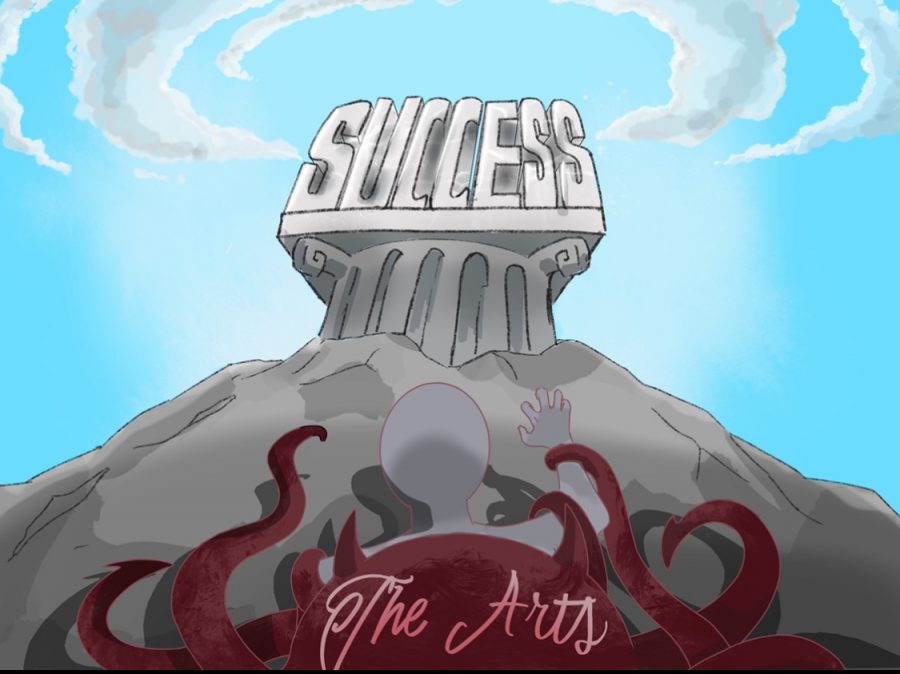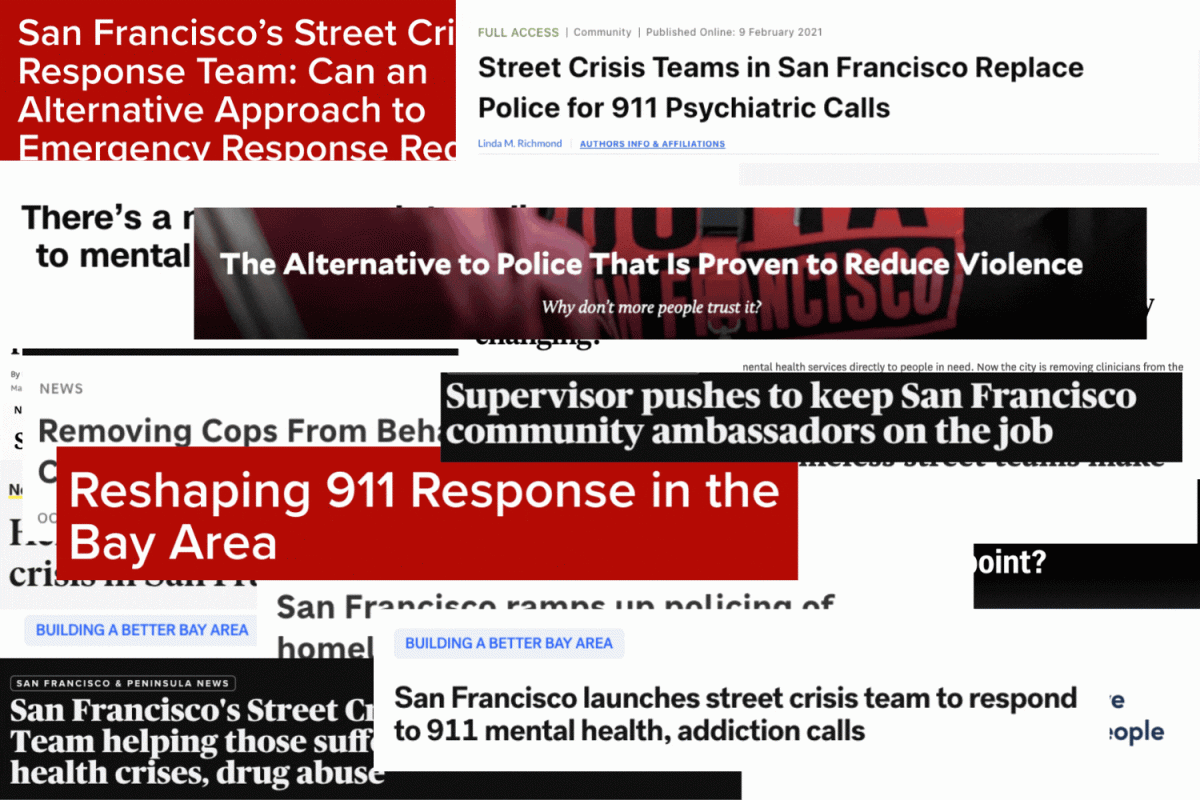Follow your dreams and be creative.
This sentence has been echoed through many school auditoriums encouraging students to use their creativity to be successful and happy in life, but this is not reality.
The reality is that creativity kills.
Jobs like teachers, artists, dancers, marketing managers, and musicians are examples of creativity at the job’s core. While it has been said that schools need to foster creativity, data has shown that this isn’t necessarily the case.
Teachers’ salaries have been a hot topic of debate for many years due to their alarmingly low income. Teachers are often acknowledged as people who largely contribute to the lives of our youths, academically and socially. Since teachers form our society, it would make sense that they are paid a high salary, but this isn’t true. A teacher’s salary is notorious for being often unlivable.
The average elementary school teacher in the Bay Area makes $47,600, which is a fraction compared to the average catalyst executive, who is compensated around $227,343 a year. Not to say that catalysts are unimportant jobs, but the issue is that we are pushing our youth towards unattainable and unrealistic goals as a society. Most of one’s childhood is told to think outside the box, but these words infiltrate and rot in our mindset as we hit adulthood and face the truth. Data shows this, as most jobs that take creative abilities make significantly less money, especially if you are a woman and woman of color.
A study by Pew Research center shows that Black and Hispanic women with a college degree earn only about 70% of the hourly wages of similarly educated white men ($23 and $22 per hour, respectively). Jobs like teachers or janitors that are considered essential make unlivable wages.
Data from the Census shows that the median household income in 2019 of people in Belmont was $156,052. The data also shows that the median selected monthly owner costs with a mortgage from 2015-2019 was around 4,000 dollars. This number multiplied by 12 months would leave the average person $108,052. Subtract that number by utility costs, food, child care, clothes, medical expenses, and any other essential costs, and you are left with a small number left for personal spending.
That is what happens to the average person with an average income. If you take that $ 48,000 number and subtract it from the $47,000 made by the average bay area elementary school teacher, life sources and spendings become more depleted.
Teachers are considered essential jobs, so it makes sense that teacher strikes and anger has come from this unlivable salary. But what about jobs that aren’t regarded as crucial, jobs that are fully immersed in one’s creativity? It feels like there is more of a stigma attached to them and around their payment. For jobs like independent artists or dance teachers, data has shown that it is harder to make a living.
Fine artists, defined as someone who creates original artwork in various mediums, such as painting, drawing, sculpture, video, film, or performance, have difficulty finding jobs since there isn’t a set career path.
Christine Wu, a fine artist, started off showing and selling work in her galleries, which would happen every one to two years.
“Growing up, the starving artist troupe was a constant worry of my parents, but I was strongly encouraged to pursue art by teachers and peers because I showed a lot of inherent interest and talent. Art was something that I would have pursued regardless of encouragement because I have a very visceral need to create. It’s deeply connected to my mental wellbeing and has taken me many years to develop a healthier relationship with,” Wu said.
Even though society doesn’t consider these jobs essential, countless studies show that these jobs improve physical health and mental health. In a report published by Harvard Health, they exemplify this point.
“Money is something we all have to think about, but in my experience, connecting to two has always been detrimental to the art and my mental health. It’s all subjective, so it’s tough to assign any kind of tangible value to it. I would definitely tell people who are looking to be financially wealthy that this isn’t the way to do it, but there is an undeniable cultural richness that will accompany most artistic endeavors, which is why people romanticize artists and their lifestyles,” Wu said.
The Advanced and Intermediate dance teacher at Carlmont High School, Roxanne Seliger, is another example of someone who does their job for passion rather than financial stability. Seliger has been dancing for over 40 years and has had her studio for around 20.
As someone encouraged to teach dance since she was a child, Seliger says that finding a good job isn’t always easy.
“For being a credentialed dance teacher, there aren’t a lot of jobs overall, especially good jobs. People stay at a good job for 20 to 30 years and it has taken me 20 years to become a high school teacher, which is what I went to college for. Jobs really only increase when other people retire, especially because a lot of schools have cut art programs from lack of funding in the last two decades,” Seliger said.
Not only is it difficult to find a job for being a dancer, but it can also be hard to support yourself financially. Although Seliger has a good enrollment number and parents financially support her dancers for being there, taxes can often be a problem for small businesses/studios.
“The hard part is all of the taxes and cost actually to have the business. The government takes out more and more money from small businesses and bails out big businesses,” Seliger said.
In the final moments in talking to Seliger, she offered some advice to others who want to go into a creative field.
“Either your parents or spouse is the breadwinner to support you and your endeavors. You will not be able to buy a house in the Bay Area on just the salary of a teacher or dancer. For example, a lot of dance studio owners nationwide can’t find employees because we can’t pay them a living wage because of too much government taxes,” Seliger said.
These creative jobs don’t make livable wages yet are essential to society. Being encouraged from a young age to be creative and follow your dreams isn’t always a reality. As data has shown, these jobs aren’t supported financially as much as the illusion of hope supports them.

































